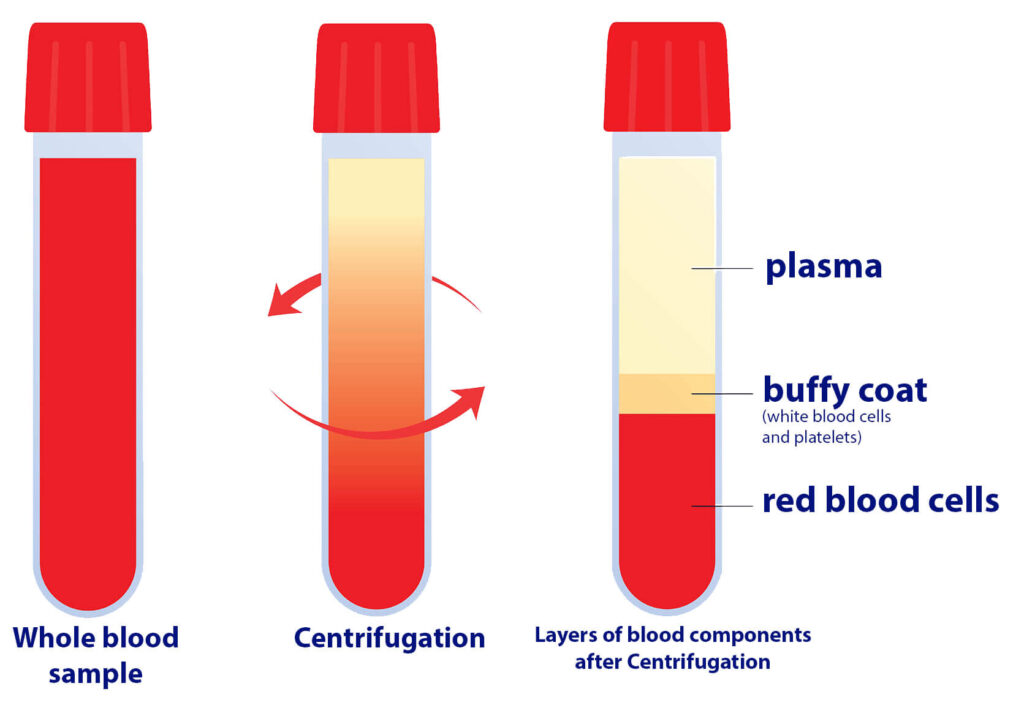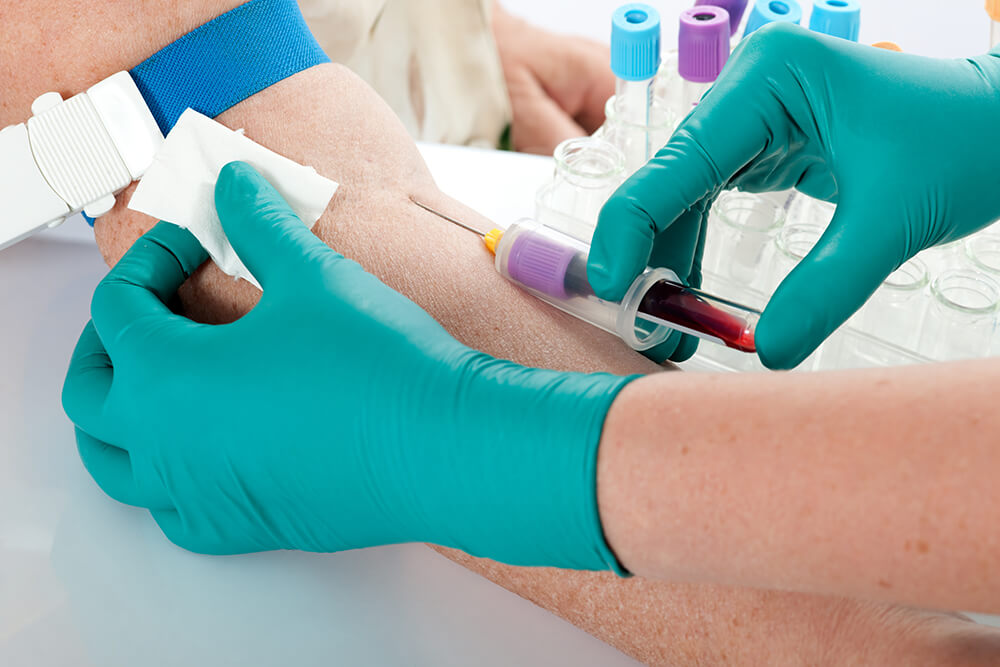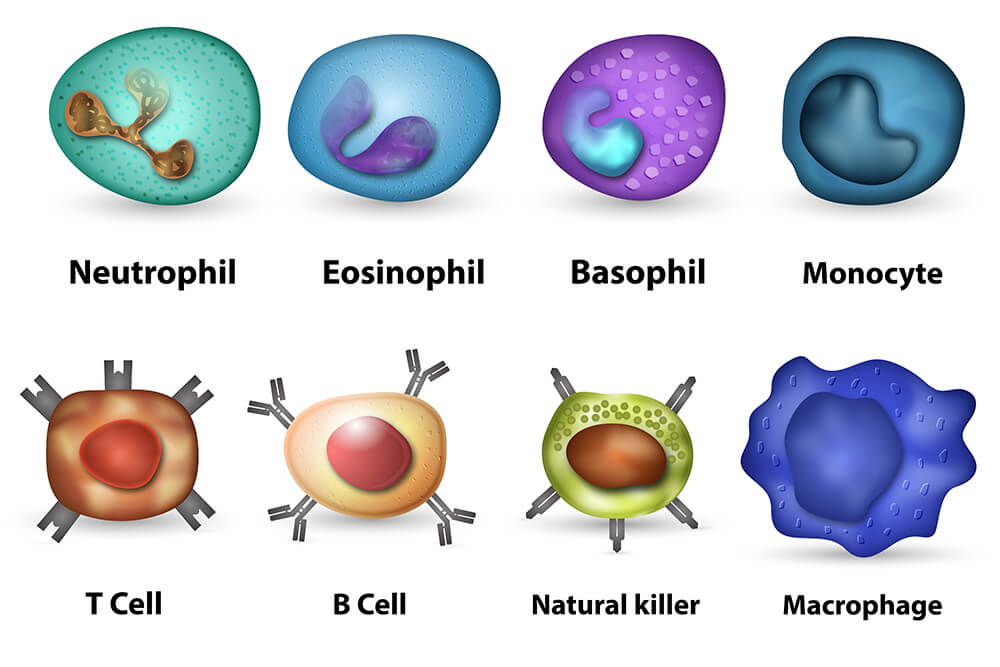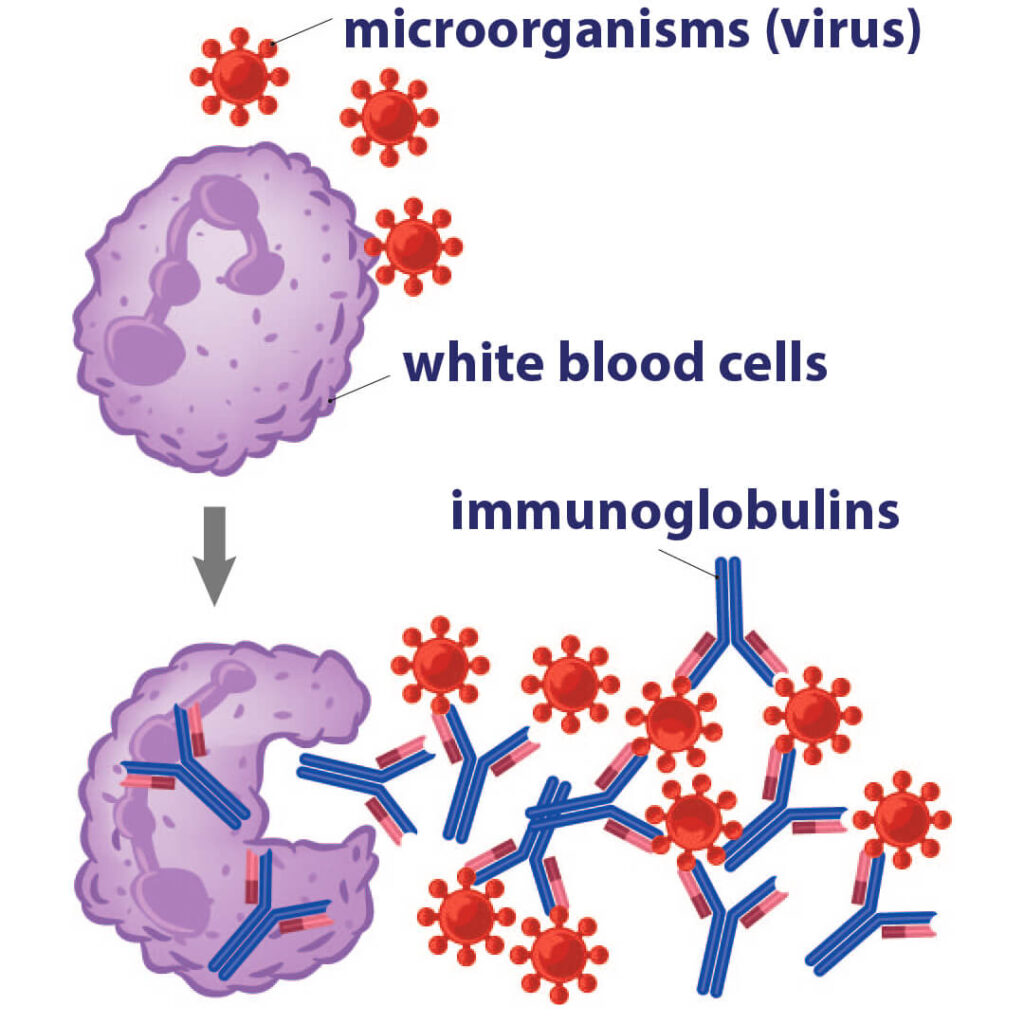In a previous article, we discussed blood and its three main functions. These functions are based on the roles of each of the components that make up the blood such as the erythrocytes (RBCs), leukocytes (WBCs), platelets, and plasma. Let’s look at each of the blood components.
Topic Outline:
Complete Blood Count (CBC)
One of the most common tests doctors request for when you go to them to consult for a possible sickness or disease is a complete blood count or CBC. This basically is a test that measures the different components in your blood and some other values to give you an idea of how well you’re doing generally speaking in terms of health.
During a regular blood test, the first step is to extract blood from one of your veins. The most common areas of extraction are on the forearm.
The collected blood is transferred into a test tube, which is then placed in a centrifuge.
A centrifuge is a machine that uses gravitational force and density, and the principles of sedimentation to separate the components of the blood into layers. The heaviest stuff will go to the bottom and the lighter stuff will be to the top of that test tube.
Let’s dive into the different components of the blood.
Blood Components

Erythrocytes (Red Bood Cells)
If you look at the layers formed in a centrifuged blood sample, the bottom layer will be the Red Blood Cells – a.k.a the erythrocytes. These are the cells that are responsible for transporting oxygen throughout the body.
Sometimes, when a doctor requests to test for one’s hematocrit count, he/she is looking at the percentage of red blood cells in the blood. So after you run it through the centrifuge, you will see a layer of red blood cells at the bottom.
If that layer is let’s say 45% of the entire solution, the hematocrit would be 45%. You can see that the average is around 38-48%.
Buffy Coat (White Blood Cells and Platelets)
The next layer you will see after the Red Blood Cells would be a thinner layer that we call the buffy coat. In that thin, clear layer, we have the white blood cells and platelets.
The White Blood cells a.k.a leukocytes are the cells that play a huge role in protecting the body from foreign invaders.
Platelets, on the other hand, a.k.a. thrombocytes, are cell fragments that are involved in blood clotting.
Let’s say you get a cut. When that happens, you start bleeding.

Now if it’s not a really MAJOR cut, (assuming you have a perfectly healthy body) after a short while, you’ll notice that you stop bleeding. Unless it’s like a huge cut that will need extra help like getting stitches. Part of the reason for this is that the platelets are doing their job.
Plasma
Above that buffy coat, that’s where you find the rest of the stuff – the plasma, which is made up of – well, mostly water. Approximately 92% of it. In this fluid layer, you have mostly proteins, and also nutrients, hormones, and hundreds of other dissolved substances.
The top three proteins that are found in the plasma are albumin, globulins, and fibrinogen.
Albumin
The first one is albumin. This is the one that we find in the highest concentrations in the blood plasma. In fact, it makes up about 55% of the protein content in the blood. Albumin has two very important functions.
The first is that it helps to maintain the right fluid balance in the body. Without albumin basically holding onto the fluid in the blood vessels, more fluid would leave the blood vessels and accumulate in the tissues causing serious damage.
And secondly, it acts as a kind of transport vehicle for things like fatty acids and specific types of hormones.
Globulin
The second most common proteins found in the blood plasma are globulins. These make up 38% of the plasma proteins and have various functions. Some of them are transport proteins that help to transport things like iron, lipids, and fat-soluble vitamins.
Others are the immunoglobulins – also known as antibodies that help to fight off foreign intruders in the body. Globulins are important for many reasons.
Fibrinogen
And lastly, there’s Fibrinogen which accounts for 7% of the plasma proteins. Fibrinogen is a protein that’s involved in the blood clotting process. If your fibrinogen level is low, that can result in excessive bleeding and blood loss when you get a cut, which can be very problematic, because… well, we’ve seen how important blood is. It’s like liquid gold – you want to hold onto that stuff.
Summary
In summary, we have seen that blood components may be separated through a process of centrifugation. The heaviest component (RBCs) settle at the bottom of the tube and the component with the least density (plasma) is found at the top layer. These components arranged from bottom to top layers are:
- Erythrocytes / Red Blood Cells
- Buffy coat layer:
- Leukocytes / White Blood Cells
- Thrombocytes / Platelets
- Plasma (fluid)
Furthermore, we have learned that the plasma component, which is mostly water, also consists of mostly proteins and other dissolved substances.
So far, we’ve only covered the major things about blood tests. There are other levels depending on the type of blood tests you get, such as specific hormone levels, enzyme levels, cholesterol levels, and others.
As we continue on in this series, we will continue adding more details to add those topics.
In the next article, let’s talk about the process of hemopoiesis – how blood is made. Read on and click to the next one here.







